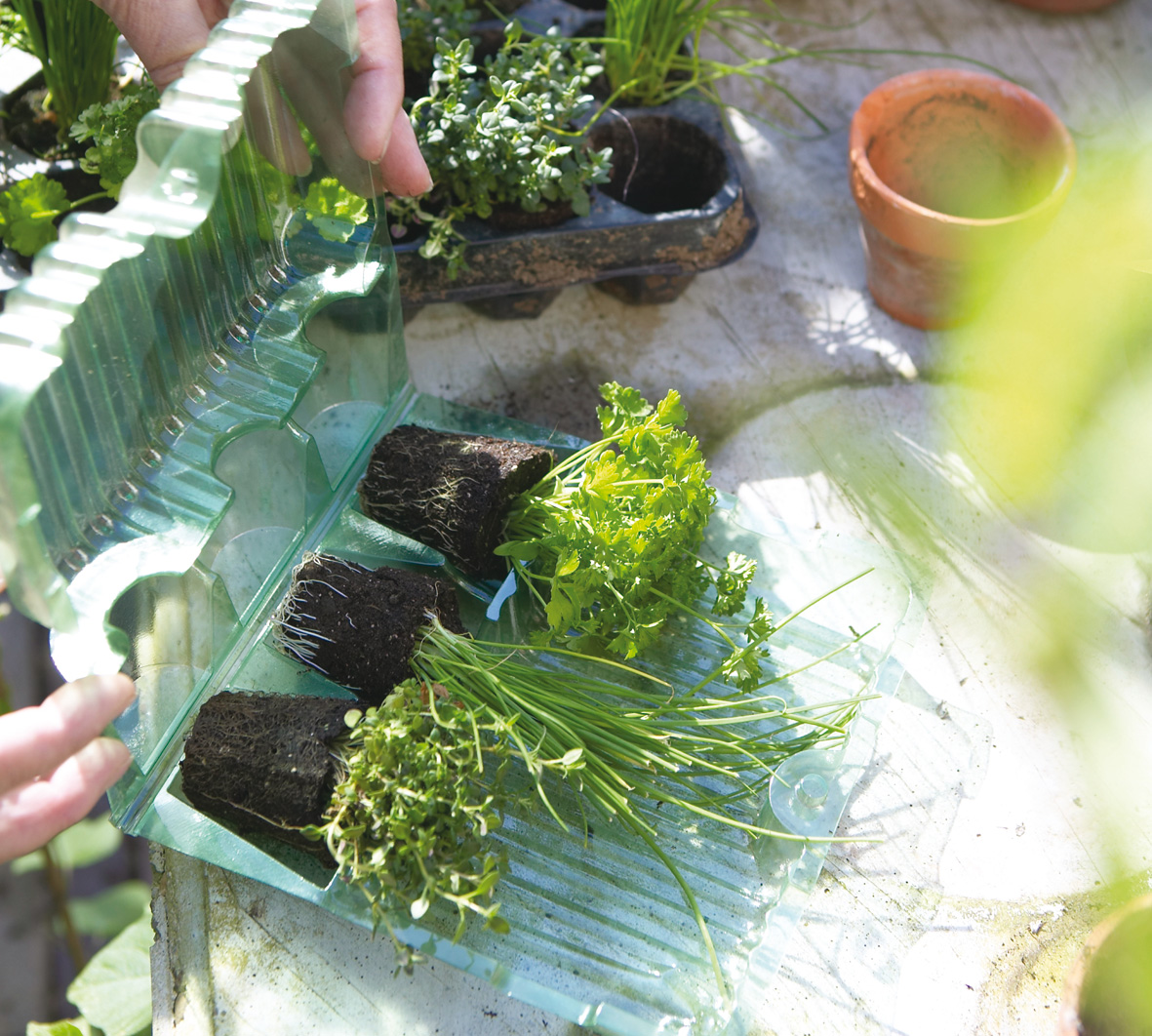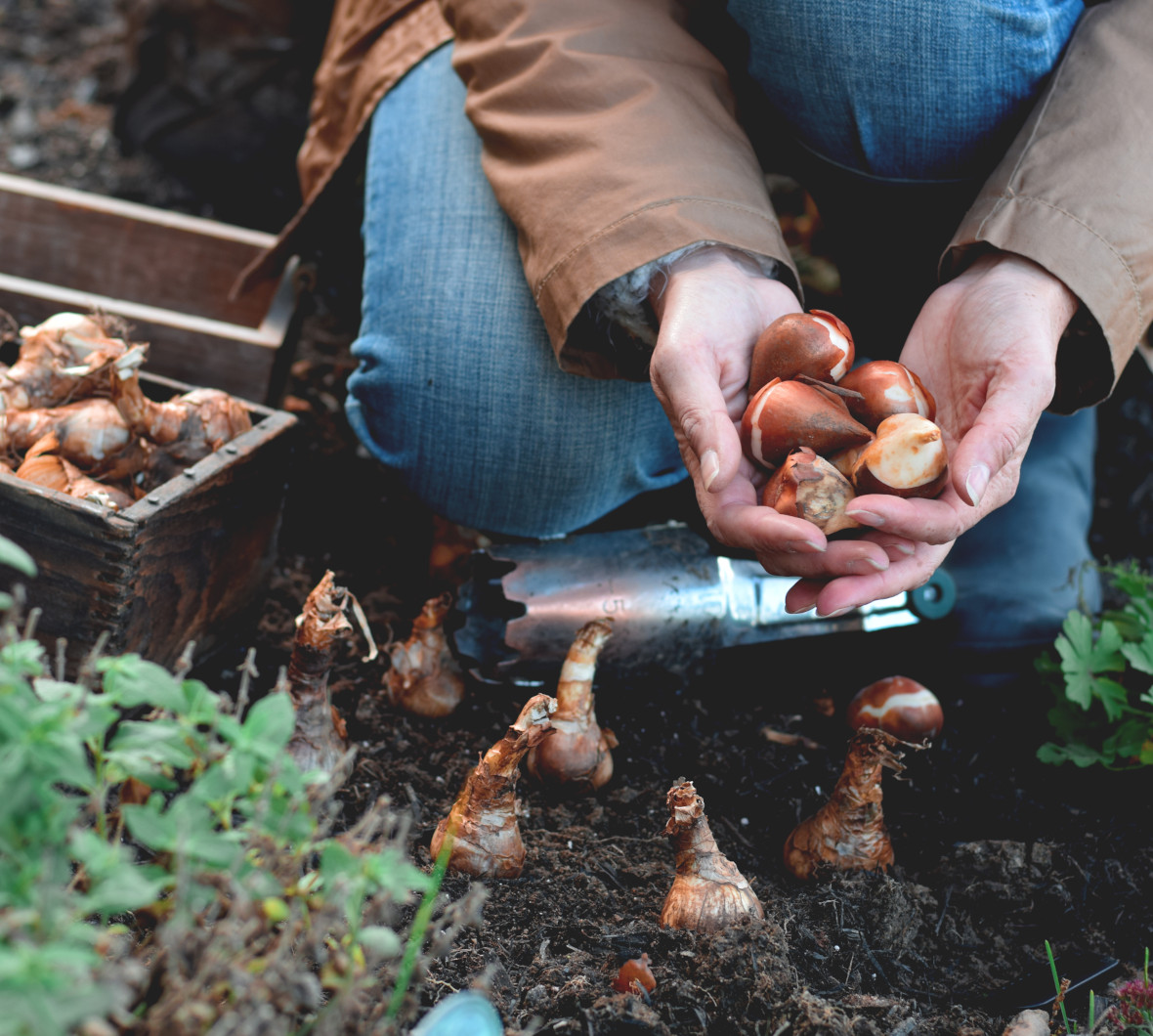A pretty little gem of a plant which thrives in crevices, rock gardens, and pots. Petrorhagia saxifraga draws its name from the Greek word 'petros' meaning rock and 'rhagas' meaning narrow opening. This gives the gardener a perfect explanation of its native habitat in southern and central Europe, as well as Turkey.Foliage of this mountain loving beauty is scant, with multiple stems bearing short, grass-like leaves which accentuate the clouds of pale pink and white five-petalled flowers that are borne from May to August each year. Commonly referred to as the Tunic (or Coat) Flower due to the way it forms dense mats of verdant foliage which are held from March to November each year. Flowers are loved by bees and other pollinators whilst plants prefer a spot in full sun which benefits from well-drained soil. A semi-evergreen, hardy perennial which holds the RHS Award of Garden Merit for its outstanding performance in the garden.
Flower and Foliage Months

Mar

Apr


May


Jun


Jul


Aug

Sep

Oct

Nov
 Foliage Month
Foliage Month
 Flowering Month
Flowering Month












